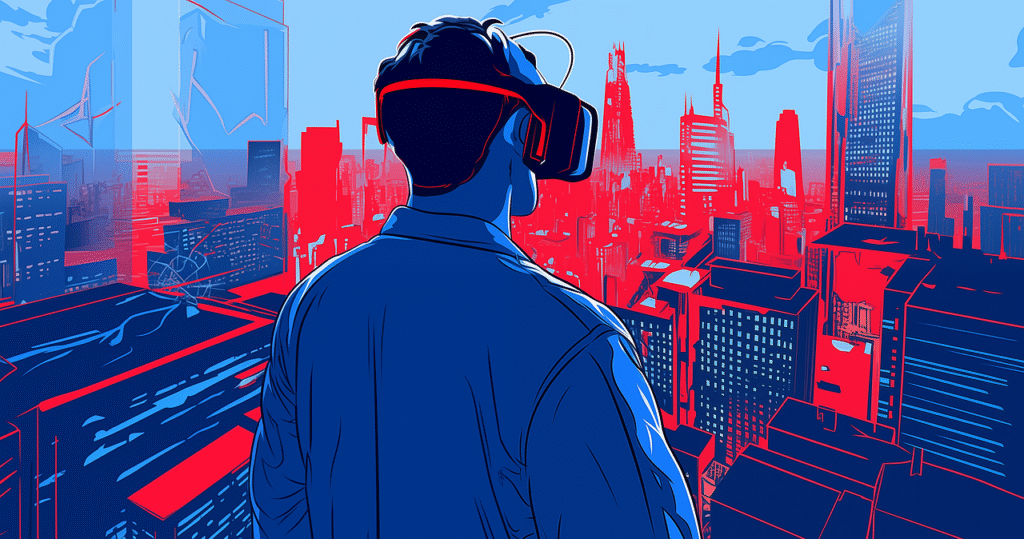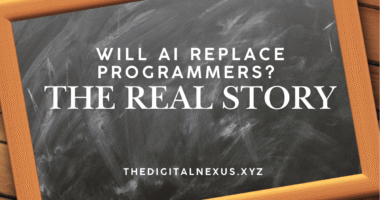Just a short time ago, the “metaverse” was the biggest buzzword in technology. It promised a revolutionary new version of the internet. However, the initial excitement has cooled down. Now, many people are asking a simple question: is the metaverse dead, or is it just quietly getting started? For investors, developers, and tech enthusiasts, understanding the true future of the metaverse is critical. This article, therefore, will cut through the noise. We will look at both sides of the argument to provide a clear, balanced view of what is really happening.
The Argument for “Dead”: Why the Hype Faded
There are valid reasons why many believe the metaverse has failed to launch. Firstly, the user numbers on major platforms have been disappointing. Early platforms struggled to attract and keep a large, active user base. Secondly, the hardware needed for a full VR experience remains expensive and clunky for the average consumer. In addition, the shift in tech industry focus towards generative AI has pulled away both investment and media attention. Consequently, some major companies have scaled back their ambitious metaverse projects, which has only fueled the skepticism.
The Argument for “Getting Started”: The Foundational Layers
On the other hand, many experts argue that judging the metaverse now is like judging the internet in 1995. They believe the current phase is not about mass adoption but about building the essential foundation. For instance, incredible progress is being made in the underlying technology. This includes more powerful graphics chips, faster 5G networks, and lighter, more affordable VR and AR headsets. Furthermore, organizations like the Metaverse Standards Forum are working on creating common rules. These rules will allow different virtual worlds to connect in the future, which is a key step for the long-term future of the metaverse.
Where the Metaverse is Quietly Thriving Today
While the idea of a single, all-encompassing metaverse is still far off, parts of it are already thriving in specific areas. The most obvious example is gaming. Platforms like Roblox and Fortnite are essentially massive, interactive social worlds where millions of people gather every day. Beyond gaming, the industrial metaverse is also growing quickly. Companies are using “digital twins”—virtual replicas of physical objects—to design and test products. Similarly, they use VR for complex training simulations, from surgery to aircraft maintenance. These practical uses show a clear, valuable side of the technology that exists right now.
Key Hurdles to Mainstream Adoption
Of course, significant challenges remain for the future of the metaverse. The hardware is still not accessible enough for everyone. Moreover, there is not yet a “killer app”—a single experience so compelling that everyone feels they need to join. Another major issue is interoperability. Currently, most platforms are “walled gardens” that do not connect to each other. Finally, as we build these new worlds, we must solve complex problems related to data privacy, security, and digital ownership. To learn more about these kinds of challenges, our guide to cybersecurity threats offers some useful insights.
What to Expect from the Future of the Metaverse
Looking ahead, the future of the metaverse will likely be a collection of many different interconnected experiences, rather than a single place. Augmented Reality (AR), which overlays digital information onto the real world, may actually be a more common entry point for people than full Virtual Reality. As AI technology becomes more integrated, these virtual worlds will become smarter and more dynamic. This will create more personalized and engaging experiences for everyone involved. For a look at how AI is changing our world, you can read our article on AI’s societal impact.

Conclusion: The Verdict on the Metaverse’s Future
In conclusion, the metaverse is not dead. What is dead is the initial, overblown hype. The concept is now evolving into something more practical, nuanced, and integrated into our existing digital lives. The next phase of development will be slower and more deliberate. However, it will likely build a more sustainable and ultimately more impactful version of a connected, 3D internet. The foundation is being laid today for a future that is still very much in development.
What’s Your Take on the Metaverse’s Future?
The debate is far from over. Share this article to spark a conversation, and download our free “Future Trends Report” for a deeper dive into the technologies shaping our digital world.







